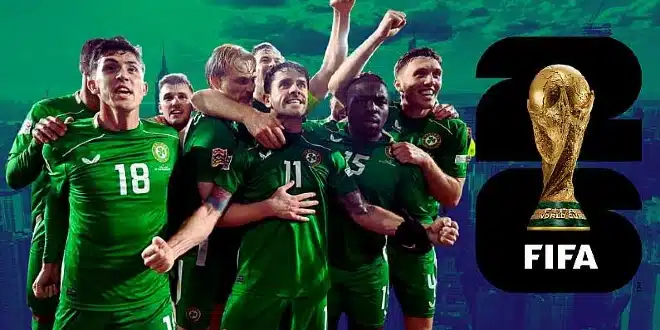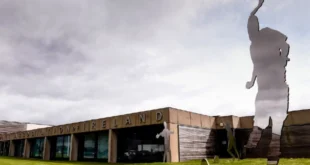The Republic of Ireland will find out their fate in the 2026 World Cup qualifying draw on Friday. Here are the key details you need to know.
When and where?
The draw will take place on Friday at 11am at UEFA headquarters in Zurich.
Where can I watch?
You can watch the draw live on RTÉ Player and the RTÉ News channel.
What is the format and what’s new?
The World Cup has expanded from 32 to 48 teams and will be held in the United States, Mexico, and Canada. While this expansion might seem like it increases Ireland’s chances of qualifying, it doesn’t significantly alter their odds. The host nations automatically qualify, leaving 16 spots for European teams, up from 13 in previous tournaments.
There will be 12 groups, each with either four or five teams. The 12 group winners will automatically qualify, while the remaining four spots will be filled through a 16-team play-off. This play-off will include the 12 group runners-up and the four best-ranked Nations League teams that didn’t finish in the top two of their qualification groups.
Who could Ireland face?
Ireland is in Pot 3 for the draw based on UEFA rankings. They will face teams from the following pots:
- Pot 1: France, Spain, England, Portugal, Netherlands, Belgium, Italy, Germany, Croatia, Switzerland, Denmark, and Austria.
- Pot 2: Ukraine, Sweden, Turkey, Wales, Hungary, Serbia, Poland, Romania, Greece, Slovakia, Czechia, and Norway.
- Pot 4: Bulgaria, Luxembourg, Belarus, Kosovo, Armenia, Kazakhstan, Azerbaijan, Estonia, Cyprus, Faroe Islands, Latvia, and Lithuania.
- Pot 5: Moldova, Malta, Andorra, Gibraltar, Liechtenstein, and San Marino.
- Complications do not end there
Ireland could be placed in either a four or five-team group. Due to their participation in the Nations League promotion/relegation play-offs in March, where they face Bulgaria over two legs, there are restrictions on their potential opponents.
A five-team group can only include one Nations League finals participant or one Nations League relegation play-off participant. This means Ireland is more likely to be in a four-team group, but if not all groups have a play-off team when Ireland is drawn, they could be placed in a larger group.
If Ireland is in a five-team group, they might face England or Switzerland, who are not in the Nations League finals. In a four-team group, they could face any top seed. Additionally, Ireland’s chances of playing Kazakhstan from Pot 4 are reduced due to travel considerations set by UEFA, which limit the number of teams that can be paired with Kazakhstan.
Moreover, some teams are involved in the Nations League quarter-finals, making their participation in the draw more complex. These matchups are:
- Netherlands vs. Spain
- Croatia vs. France
- Denmark vs. Portugal
- Italy vs. Germany
The draw might identify these teams as Nations League quarter-final winner/loser 1, 2, 3, or 4, meaning Ireland won’t know exactly who they will play until later.
When will the games be?
Five-team groups will start in March, while four-team groups will begin in September. There will be matches in September, October, and November, ending between November 16-18. There is also a match window in June. Four-team groups will have the opportunity to schedule two friendlies in these windows.
The qualifiers will conclude quickly, which could be seen as either positive or negative given Ireland’s recent form.
What if Ireland reaches the World Cup play-offs?
Should Ireland reach the play-offs, there will be a semi-final on March 26, 2026, followed by a final five days later.
 The Daily Star Ireland
The Daily Star Ireland

